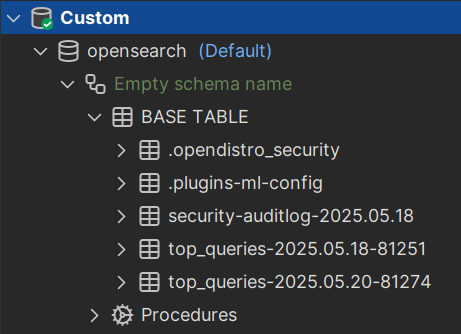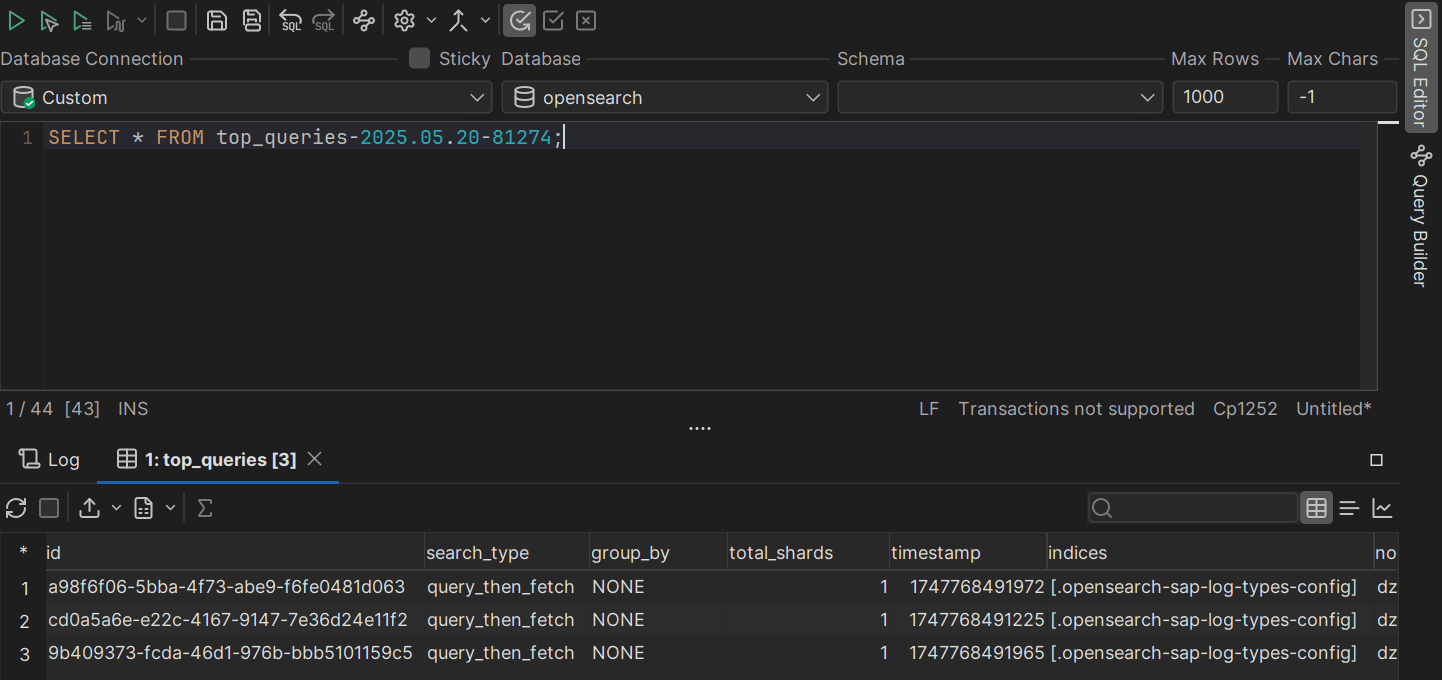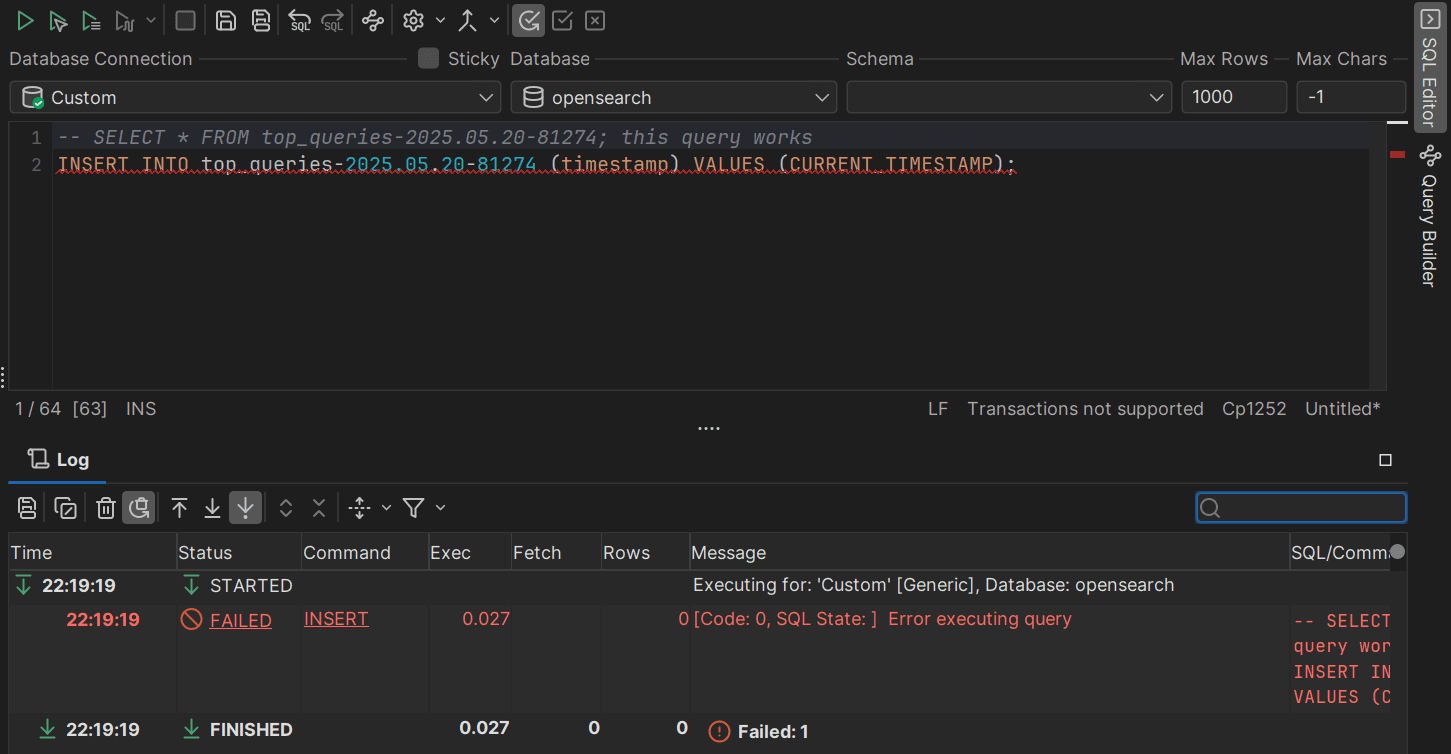intro
In this OpenSearch vs ElasticSearch comparison blog, we’re walking you through OpenSearch and its capabilities—is it really a true alternative to Elasticsearch? Time to find out!
If you’re reading this blog, there’s a good chance that you’re a database enthusiast; and if you are, you will know that there are various kinds of database management systems you can use to achieve goals relevant to your use case and that you’re not confined to one or two choices.
Many developers and DBAs elect to use ElasticSearch to achieve their goals: it’s a popular open-source search and analytics engine used for Big Data, real-time monitoring, and a variety of other use cases.
However, these days, there are various appliances and database management systems that compete with it. OpenSearch is one of them.
Follow us in the OpenSearch vs Elasticsearch comparison blog post!
What Is OpenSearch?
OpenSearch is an Apache 2.0-licensed open-source search and analytics suite. Developers use it to ingest, search, modify, and analyze their data. All of those things aren’t anything special and they can be done with regular database management systems too—OpenSearch, though, shines in a variety of use cases ranging from log analytics to enterprise search mechanisms.
The Basics of OpenSearch
One thing you should know is that OpenSearch isn’t an SQL-based database management system. Thus, running SQL queries against it won’t work and you need a specialized client to connect to it. Now, DbVisualizer—a top-rate database client—supports 50 databases, including popular traditional databases and even technologies like OpenSearch.
To understand the basics of OpenSearch, let’s connect to it in DbVisualizer. Loading OpenSearch databases into DbVisualizer may with problems (note that OpenSearch instances are based on the port 9200):

The reason is that, in this specific instance, we have to configure to accept connections not based on SSL and that can be done through the config.yml file. Once we connect to OpenSearch, you will notice that the structure of the database is different:

And once you fiddle with it, you will notice that OpenSearch does not accept many SQL queries either. Some will work:

INSERTs, however, will quickly fail:

That’s because in OpenSearch, there are no tables and records per se; you insert records as "documents" into an OpenSearch index instead. That means that you won’t be inserting data with SQL queries but use JSON instead. POST requests like these will work assuming you have an index named cars:
1
POST cars/_doc
2
{"brand":"Toyota","model":"Celica","year":2011},
3
{"brand":"Ferrari","model":"458 Italia","year":"2014"}
4
...
Instead of UPDATE SQL queries, you would use PUT as well (PUT works just like the POST example above just that when the same query is being run the second time, it updates the data instead of inserting it. Cool, right?
Why Use OpenSearch?
Now, the real question: OpenSearch vs ElasticSearch, why would you use OpenSearch ? Well, in comparison with ElasticSearch, OpenSearch is more versatile: since ElasticSearch comes with a lot of paid features it’s suitable for enterprises aiming to solve specific big data-related problems, while OpenSearch offers a more relaxed approach.
OpenSearch is also 100% open source and it can be modified, extended, and sold on your terms. Also, OpenSearch is great for retrieving only the most relevant matches instead of retrieving everything. Give OpenSearch on DbVisualizer a shot and tell us what you think!
Summary
In this OpenSearch vs ElasticSearch article, we realized that ElasticSearch and OpenSearch are great options when it comes to data ingestion and analytics—and while both search engines have upsides and downsides specific to themselves, they’re nothing you cannot overcome in the long run. Combined with SQL clients like DbVisualizer, OpenSearch does indeed promise a great future no matter what’s your use case.
FAQ
OpenSearch vs ElasticSearch—What to choose?
It depends. ElasticSearch offers advanced machine learning capabilities while OpenSearch is entirely open-source and comes under the Apache 2.0 license. More differences and similarities can be found here.
Why would I use DbVisualizer Pro?
By using SQL clients like DbVisualizer, you ensure seamless connectivity to tens or even hundreds of data sources like OpenSearch, ElasticSearch, DynamoDB, MongoDB, MySQL and others (all supported databases can be found at this link) as well as gain access to an elite fleet of features ranging from editing your data as a spreadsheet to custom export capabilities. Give DbVisualizer a spin today!


